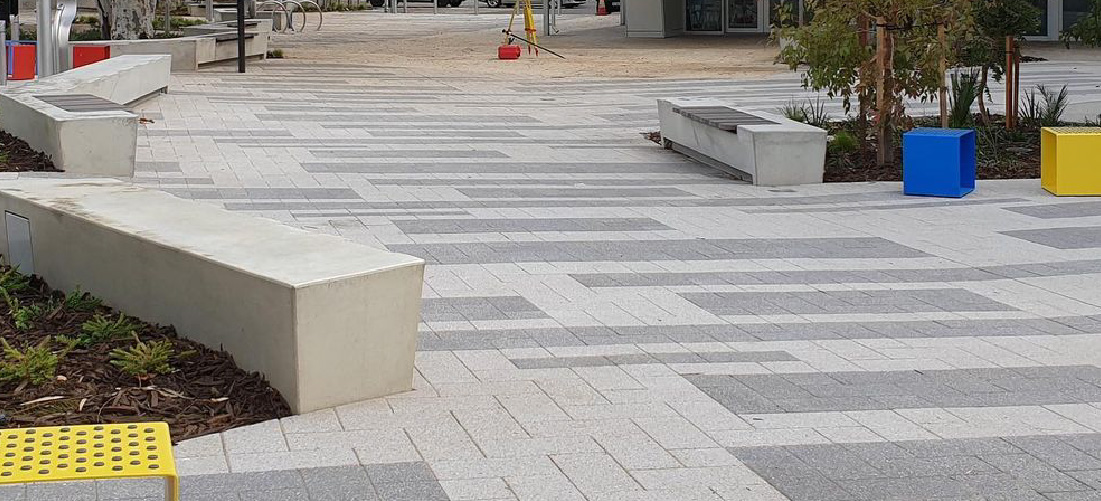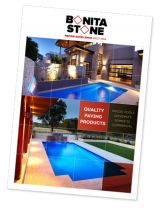
Is It Cheaper To Lay Concrete Or Pavers
When it comes to enhancing your home’s outer appeal with durable and aesthetically pleasing materials, both concrete and pavers stand out as popular options. Whether you’re considering a new driveway, patio, or walkway, the debate between concrete and pavers often centres around which is more budget-friendly. But the monetary cost is just one factor in a much larger analysis of these materials’ worth. In this extensive guide, we’ll break down the financial elements as well as the aesthetic, practical, and environmental considerations of these two hardscape materials.
Let's Get Into The Details:
For many homeowners, the choice between concrete and pavers is often boiled down to one key metric: cost. Understanding the full scope of this decision is crucial, however, as it impacts your property’s value and your enjoyment of it. We’ll analyse the different investment requirements, long-term maintenance, visual appeal, and the bigger environmental picture. Whether you aim to keep costs down on a DIY project or want to make an informed choice when hiring a professional, our guide can help you lay the foundation for the best decision.
Cost Considerations
Initial Installation Costs
The immediate costs of both concrete and pavers can be quite substantial, especially when considering the materials required, labour expenses, and maintenance in the long run.
Concrete
When it comes to installing a new concrete driveway or patio, the key expenses are the materials – typically consisting of cement, sand, and stone – and the labour, which varies by region and the complexity of the project. The process involves pouring and levelling the concrete, which can be done quickly.
Pavers
Comparatively, pavers pose a higher initial cost as each piece needs to be individually laid. The materials, made from various types of stone and concrete, can range in price based on the quality and type. Labour costs with pavers may also be higher due to the intricacies of the installation process.
Long-Term Maintenance
Understanding the ongoing upkeep, such as regular maintenance and potential repairs, can offer a clearer cost picture over the years. By factoring in these aspects, individuals can better plan and budget for the long-term expenses associated with the upkeep of a particular item or property.

Concrete
Concrete is widely known for its durability, yet it’s important to note that it’s not entirely maintenance-free. As time passes, concrete surfaces may develop cracks, chips, or stains. Implementing a routine sealing process can effectively address these issues, extending the lifespan of the concrete. However, it is worth considering that this maintenance practice does contribute to the overall long-term cost of concrete maintenance.
Pavers
Paver maintenance is predominantly focused on enhancing aesthetics rather than just functionality. The primary costs usually arise when individual units require replacement due to breakage or stubborn staining that cannot be rectified. It’s worth noting that investing in the upkeep or enhancement of a particular section of your paver installation can often prove to be a more cost-effective option compared to undertaking repair work on an entire concrete slab.
Aesthetics and Design Options
Both concrete and pavers provide a myriad of design options that cater to various tastes and complement different styles of homes. Concrete, with its versatility and durability, offers a modern and sleek aesthetic, perfect for contemporary residences. On the other hand, pavers bring a charming and rustic appeal, ideal for traditional or cottage-style homes. The choice between the two ultimately depends on the desired look and feel you wish to achieve for your outdoor space.
Concrete
One of the most attractive features of concrete is its exceptional versatility for customisation. Through the process of stamping, concrete can mimic the appearance of brickwork or natural stone, offering a diverse range of design options. Additionally, the application of different stains allows for a multitude of colour choices, ensuring a bespoke finish. To elevate the aesthetic appeal further, incorporating decorative edges can bring a distinctive and personalised touch to your surroundings.
Pavers
Pavers offer flexibility, allowing for intricate patterns and designs. Due to their individual placement, they also allow for easier reconfiguration of design if you decide to update your outdoor space. They tend to be a more popular choice for homeowners looking for a traditional, natural look.
Environmental Impact
With sustainability becoming an increasing concern, understanding how your choices impact the planet is vital.

Concrete
Concrete’s manufacturing process is energy and water-intensive, and its production is a significant source of greenhouse gas emissions. However, using local materials and practices, such as eco-friendly mixes and plastic fibres, can mitigate some of the environmental impact.
Pavers
Compared to concrete, pavers can be seen as a more eco-friendly choice. Due to their typically small size and weight, transportation emissions are lower. Furthermore, some paver materials are made from recycled content, and they allow water to permeate, reducing the need for additional drainage systems.
Residential Examples
In a suburban setting with a large, flat yard, a concrete patio may be the most cost-effective option due to its simplicity in both installation and ongoing maintenance.
In contrast, a historic home with an intricate landscape might benefit more from the design flexibility of pavers, which can blend seamlessly with existing materials or mimic period styles closely. Although the initial cost is higher, the ability to add, remove, or reconfigure sections as needed can provide long-term value.
Conclusion
After dissecting the cost breakdown, aesthetic considerations, maintenance requirements, and environmental impact, it becomes clear that the decision between concrete and pavers is nuanced. In the short term, concrete may be less expensive for certain projects, but pavers offer advantages in longevity, repair, and customisation. Ultimately, your choice should align with your budget, design vision, and long-term outlook.
Before opting for the most budget-friendly option, consider the added value and longevity that may come with a slightly larger initial investment. Additionally, the ecological implications of your decision should weigh heavily if you’re environmentally conscious. Both materials present compelling arguments for use in home projects, but it’s the full picture – not just the financial aspect – that will guide you towards the best choice for your property and peace of mind. If you are looking for the best of both worlds, check out our concrete pavers perth range!


